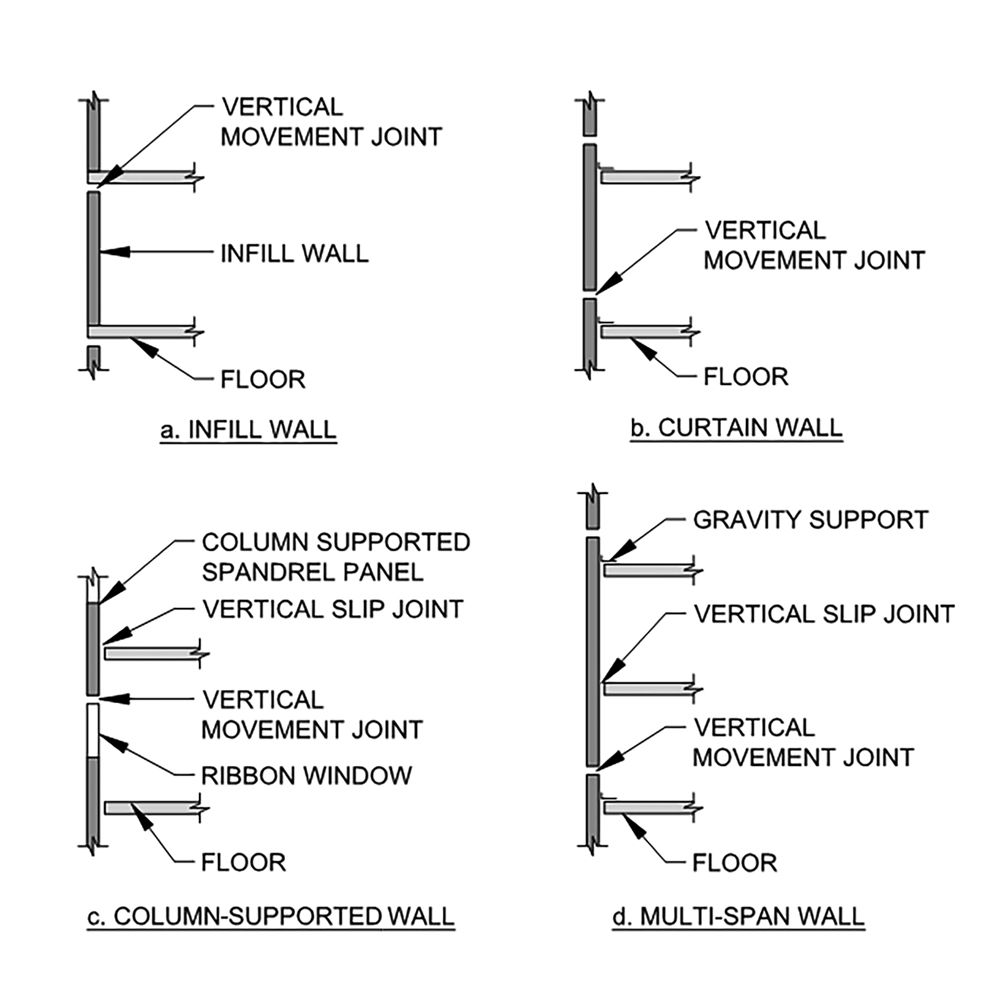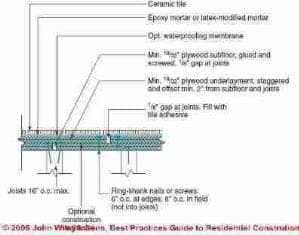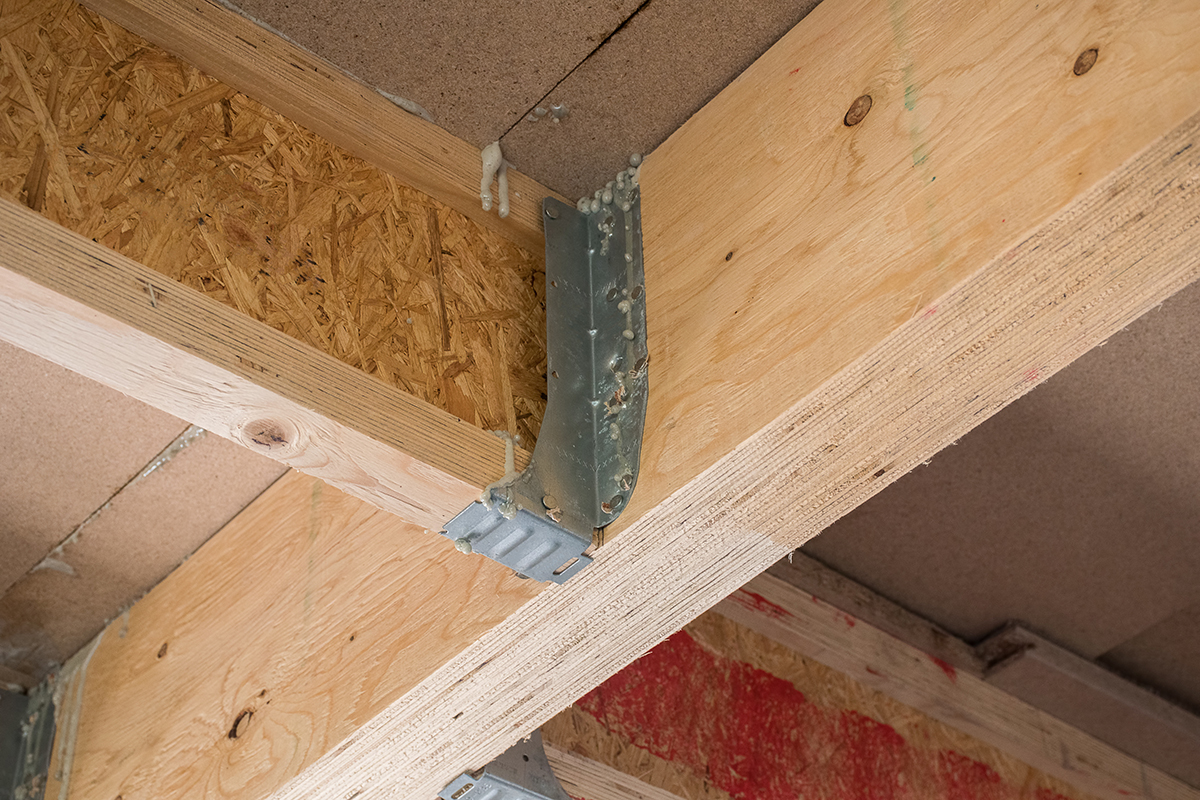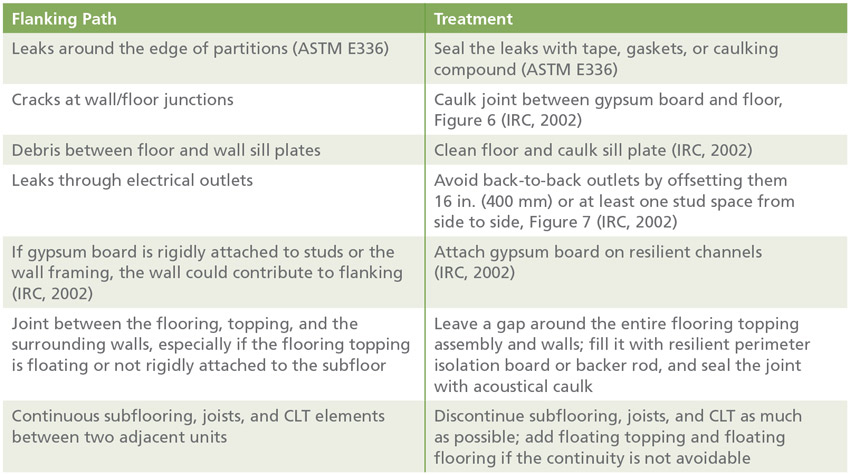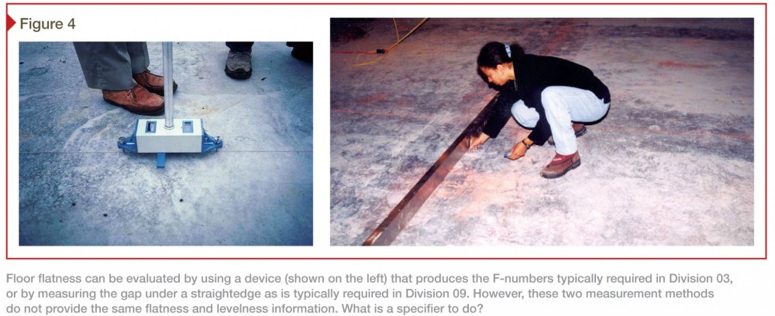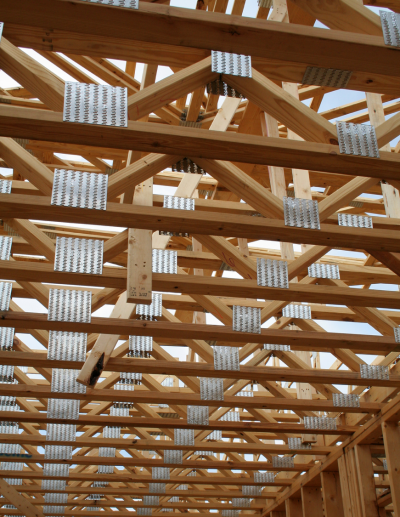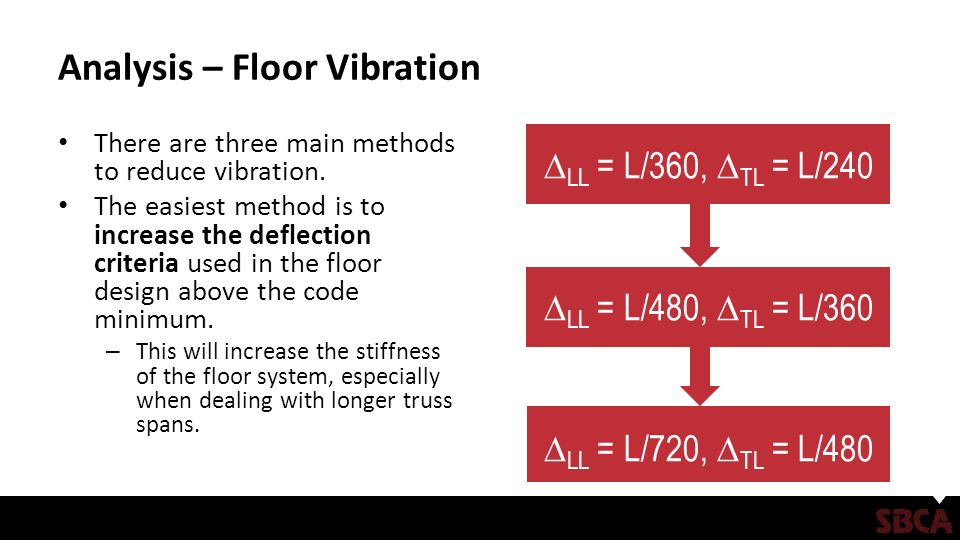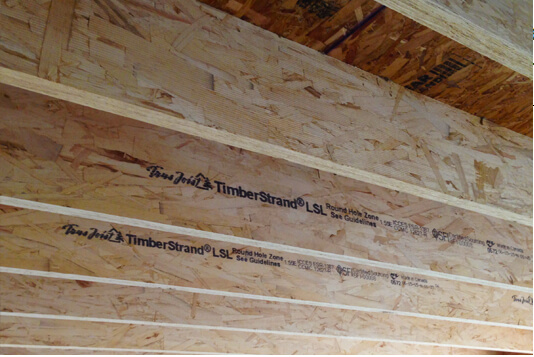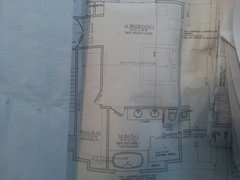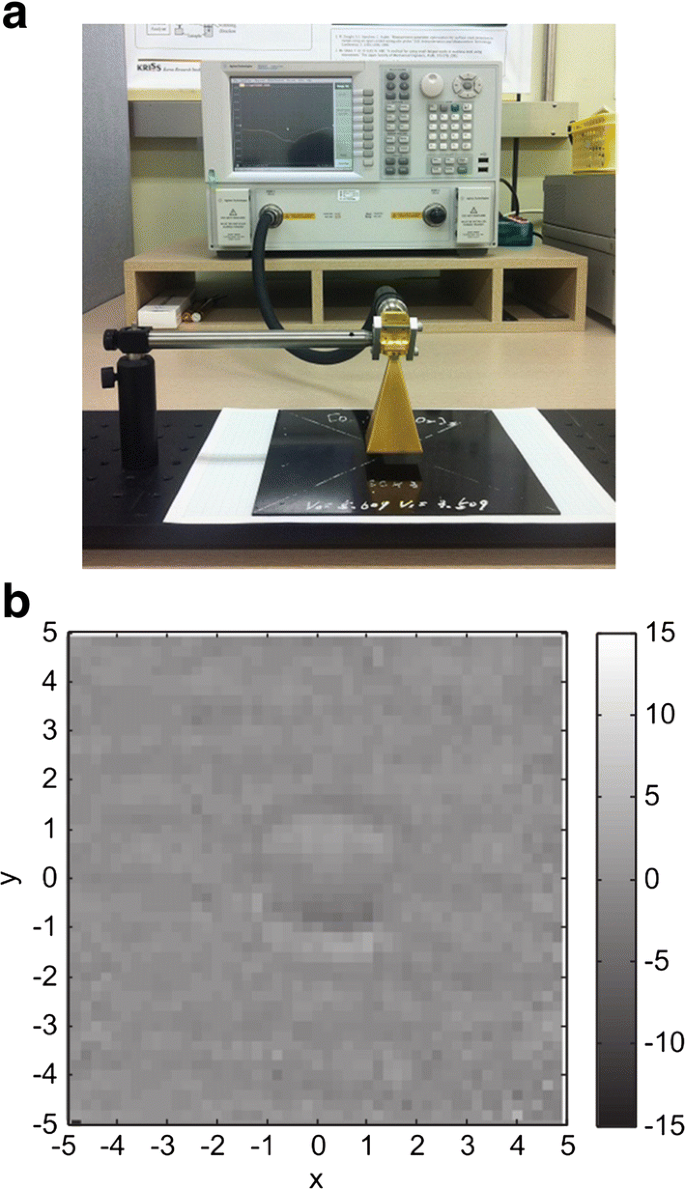Floor Stiffness 360 Or 480

So if you have a beam 20ft long the allowable deflection limit is 20ftx12in ft 240 1.
Floor stiffness 360 or 480. Attic floors with limited storage l 240 10 psf. Please read everything on the attached photo below. The solution is to specify an upgrade to a lesser deflection than the code required l 360. Ask your building designer about the investment difference to increase stiffness to l 480 or even l 720.
Looking for a wood floor which will give exemplary performance with a minimum of bounce. To take weyerhaeuser s trus joist span tables as an example 17 feet 2 inches is the maximum span with an l 360 deflection ratio allowed by code for a floor that s framed with the company s 9 inch deep nominal 2x10 series 110 tji joists spaced 16 inches on center. Bedrooms and habitable attic floors l 360 30 psf. The amount of flex depends on the magnitude of the load applied span of the member and stiffness of the member.
Increased floor stiffness is desired used with permission. Joists and rafters must be strong enough not to break when loaded. The deflection for exposed ceiling beams at the roof is often allowed to be 50 to 100 greater l 240 or l 180. Floor beams commercial office institutional floor joists spans to 26 ft b ll 60 psf.
And since it is small i will leave the source for where it is found here 1. Typically for better performing floors minimal defection is desired. I prefer to go with a span chart that uses l 480 for the live load. Chapter 3 of the international residential code irc provides the maximum allowable deflection for a given structural member floor roof wall etc.
For l 480 deflection the maximum span drops to 15 feet 6 inches. For this reason i don t recommend using a span chart for any kind of floor member that uses l 360 as the deflection criteria. The l stands for length. That means l 360 is implied for the total load deflection and it will result in much better floor performance.
L 300 girders spans to 36 ft b ll 60 psf. L 360 60 psf ll 80 psf. L 360 ll 80 psf. Strength of a material is obviously important.

